#Lau Kar Leung
Explore tagged Tumblr posts
Text



Gordon Liu, Lee Hoi-Sang - The 36th Chamber of Shaolin (1978)
#gordon liu#lee hoi sang#lau kar leung#36th chamber of shaolin#shaolin temple#shaw brothers#hong kong cinema#hong kong action#action choreography#martial arts cinema
100 notes
·
View notes
Text
youtube
#kung fu#kung fu cinema#lau kar leung#shaw brothers#wuxia#gordon liu#kung fu star#chinese martial arts#chinese culture#Youtube
29 notes
·
View notes
Text
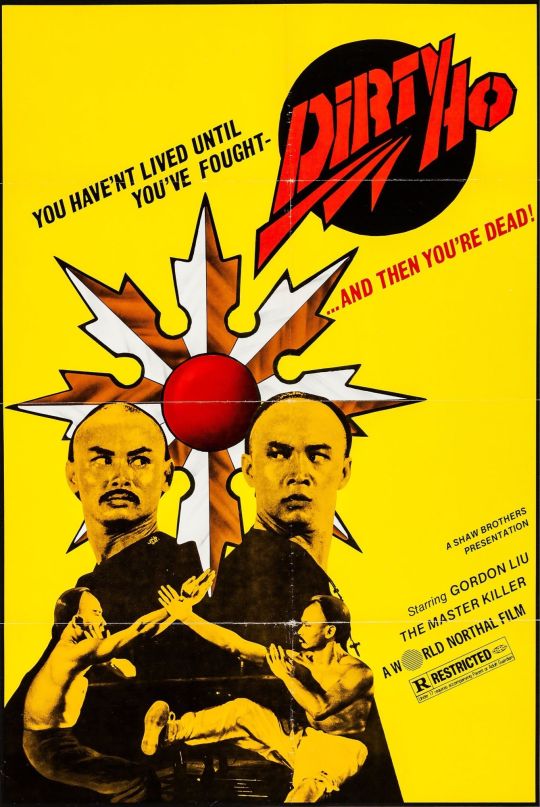
Dirty Ho (1979)
103 notes
·
View notes
Text
help me decide which ones to prioritise before my mubi membership runs out! and please feel free to tell me why or recommend multiple films (or one i haven't mentioned)!
#shaw brothers#wuxia#36th chamber of shaolin#the 8 diagram pole fighter#dirty ho#five element ninjas#the one armed swordsman#intimate confessions of a chinese courtesan#my polls#the shaw brothers back catalogue is sooooo long and i'm so00 indecisive#these are just ones that caught my eye but i'm happy to add others to my watchlist as well#chang cheh#lau kar leung
8 notes
·
View notes
Photo

If you haven’t gotten the Shawscope Vol. 1, 12-film, 8-Disc box set from Arrow Video, it is a must have! It’s incredible.
Get it on Amazon!
#shaw brothers#arrow video#kung fu movies#hong kong movies#film#martial arts movies#chang cheh#lau kar leung#gordon liu#alexander fu sheng#ti lung#lo lieh#chen kuan tai
2 notes
·
View notes
Text

The 36th Chamber of Shaolin, Lau Kar-leung, 1978
1 note
·
View note
Text
My @letterboxd review of Drunken Maater II (1994)
0 notes
Text

Kara Wai (Yang No.8)
1984’s “Eight Diagram Pole Fighter”
#Kara Wai#Kara hui#Kara Wai Ying Hung#Kara hui Ying Hung#Wai Ying Hung#hui Ying Hung#eight diagram pole fighter#shaw brothers#hong kong cinema#martial arts cinema#kung fu cinema#chinese actress#chinese kung fu#Chinese action cinema#Lau Kar Leung
1 note
·
View note
Text

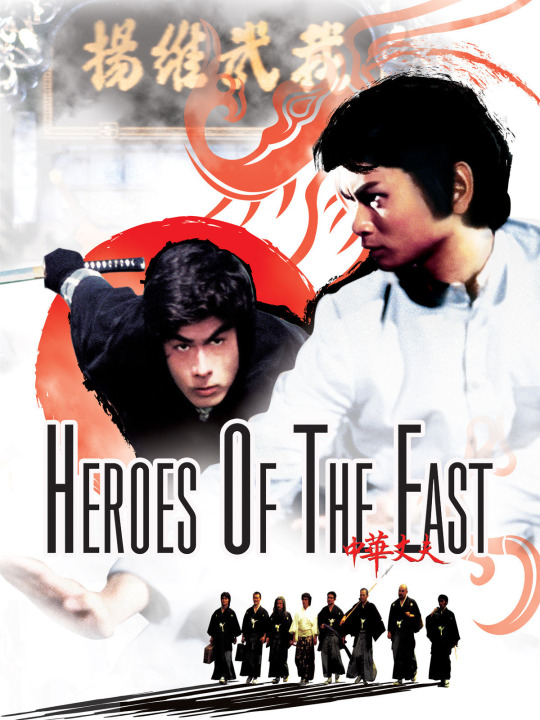




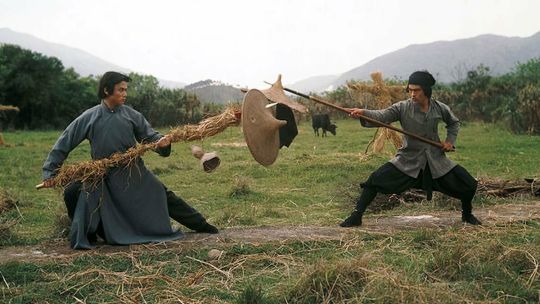
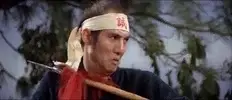

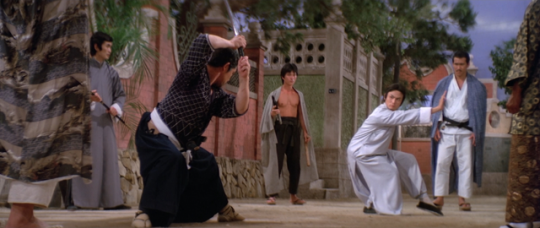
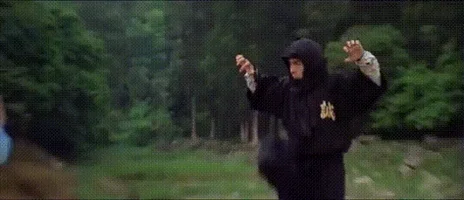

Heroes of the East (1978)
#Shaw Brothers#Heroes of the East#Movies#Asian Cinema#Hong Kong#Martial Arts#Kung Fu#Lau Kar-leung#Gordon Liu#Yasuaki Kurata#Yuka Mizuno
79 notes
·
View notes
Text
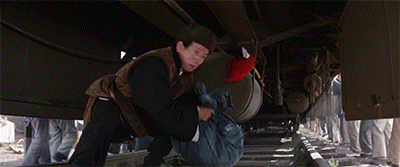
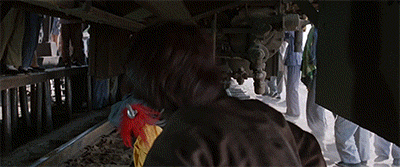
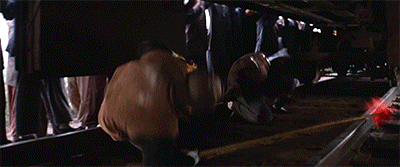
Jackie Chan, Lau Kar Leung - Drunken Master II (1994)
#jackie chan#lau kar leung#drunken master#drunken master ii#drunken master 2#legend of the drunken master#hong kong cinema#hong kong action#martial arts cinema#action choreography#fight scene#fight scenes
38 notes
·
View notes
Text
Great fight between two giants of martial arts cinema!
Lau Kar-leung VS Lau Kar-wing in Legendary Weapons of China
#Legendary Weapons of China#kung fu#chinese martial arts#kung fu cinema#kung fu movies#shaw brothers#lau kar leung
87 notes
·
View notes
Text
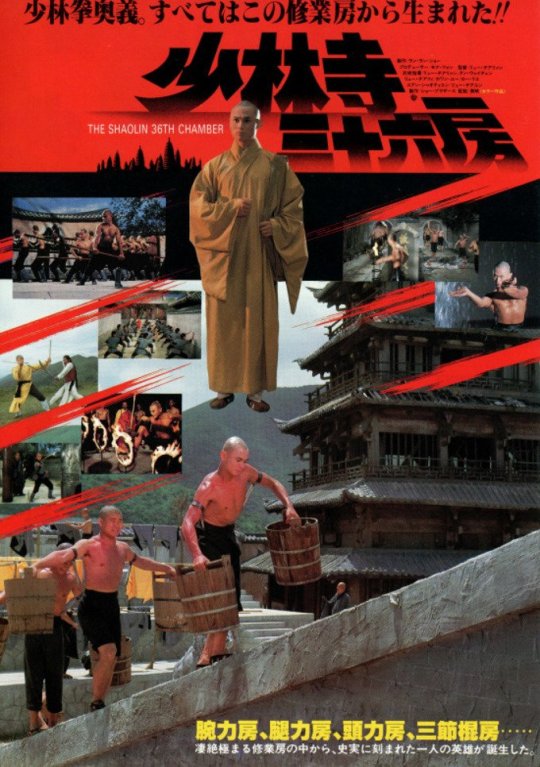
The 36th Chamber of Shaolin (1978)
#movies#posters#shaw bros.#gordon liu#lau kar leung#the 36th chamber of shaolin#kung fu movies#favorites
17 notes
·
View notes
Text







The 36th Chamber of Shaolin [少林三十六房] (1978), dir. Lau Kar-leung
24 notes
·
View notes
Photo

If you haven’t gotten the Shawscope Vol. 2, 14-film, 10-Disc box set from Arrow Video, it is a must have just like the first set! They’re both incredible!
Get it on Amazon!
#shaw brothers#arrow video#blu-ray#lau kar leung#gordon liu#chang cheh#kuei chih-hung#jet li#johnnie to#wong jing#film#hong kong movies#70s movies
0 notes
Text




The 36th Chamber of Shaolin, Lau Kar-leung, 1978
Lau Kar-leung, also known as Liu Chia-liang, was the first martial arts instructor ever to become a film director. Having had extensive experience as both a stuntman and martial arts instructor on set, he brought a distinctive vision to his own films by moving away from bloodbaths and machismo in order to honor the holistic practice of kung fu—a discipline of both the body and mind.
And whilst many films feature invincible fighters at their peak, Lau had a fondness for the martial artist’s training stage, and dedicated therefore significant screen time to the depiction of rigorous practice and the development of humility, kindness, and moral standing—the qualities that make a true master.
0 notes
Text
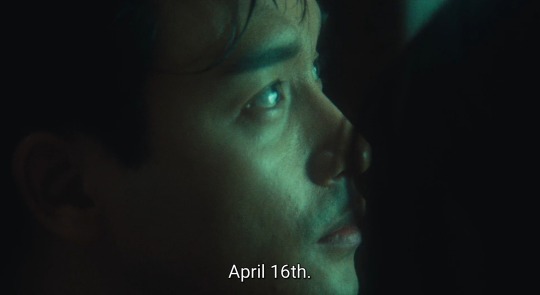

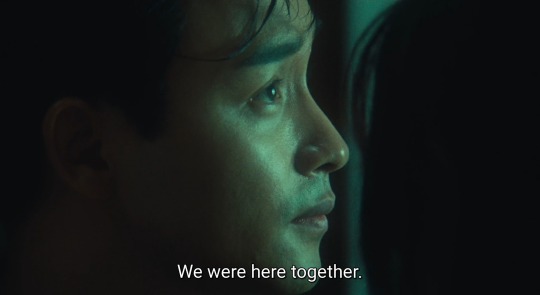
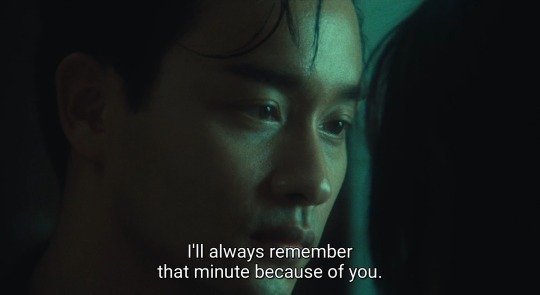
days of being wild (1990) dir. wong kar-wai
#days of being wild#wong kar wai#leslie cheung#maggie cheung#andy lau#tony leung#film aesthetic#film stills#film#film quotes#hong kong cinema#hong kong films#90s films#90s movies#90s nostalgia#90s fashion#film quotations#film quote
297 notes
·
View notes